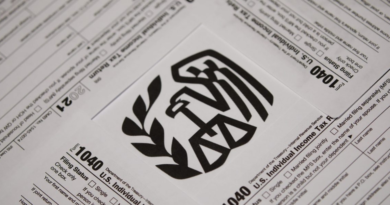Despite 2022’s volatility, VC funds performed better than you think
No reason to panic more over VC fund performance — yet

Over the last year, the venture industry has had a tough time. Many feared that the bull market had pushed valuations to unsustainable heights and would result in a windfall of startup down rounds and cash burn, which would have a negative impact on VC fund performance. But before SVB failed, it was going relatively well.
It might appear that the opposite is true, at least according to a report about the University of California’s endowment. But since this report only looked at funds with vintages of 2018 or later — which haven’t hit the critical J-curve yet — calling these funds “underperforming” wouldn’t be telling quite the whole story, because the numbers don’t take the fund’s lifecycle into account.
Let’s break it down. Most fund lifecycles are about 10 years, but they don’t start making money right away — by design. A fund typically invests the capital for three to five years, which causes its “performance” to drop. Once the fund is deployed, it hits that “J-curve” and starts to see its value climb back up sharply as the assets in the fund gain value.
There are ways to disrupt this timeline: VC firms can sometimes back a relatively early-stage company and exit the investment within 12 months. But 2021 wasn’t normal. Excluding the last two years, what’s been happening at Sequoia would be totally normal in an otherwise healthy market.
So how were most venture funds actually performing? Data shows that as a whole, venture funds, while not immune to market pressures, were doing just fine.
A recent PitchBook report looked into fund performance across VC funds at all stages regardless of maturity. The report found that the rolling one-year IRR was 2.8%, the lowest it has been since Q4 2016, a not particularly bad year for venture.


